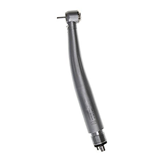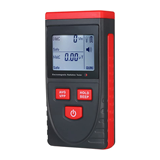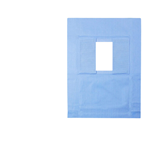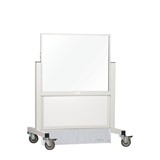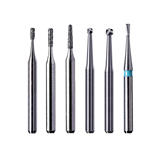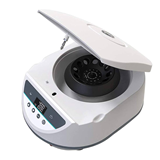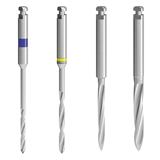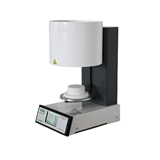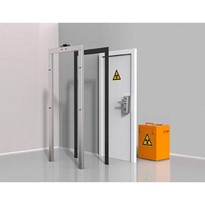Forms of radiation can be found in ultraviolet and visible light, Wi-Fi connections and mobile phone signals. Known as non-ionising radiation, this form of radiation is also found in microwaves and radio waves, and it’s generally believed to be harmless.
However, some people have concerns about ionising radiation, the high-energy, man-made form of radiation that is used in medical and dental examinations such as x-rays and CT scans. While high doses of ionising radiation can be harmful, carefully controlled exposure for diagnostic purposes can reduce the risks almost entirely.
RADIATION EXPOSURE IN DENTAL CLINICS – WHAT ARE THE USES?
Diagnostic tools, especially dental x-rays, are considered invaluable in the world of modern dentistry. Dental x-rays can monitor patient development, identify and diagnose problems and give the practitioner greater insight into potential treatment methods.
Among other things, dental x-rays are used to:
- Identify dental decay under tooth replacements (such as fillings and crowns)
- Determine the extent of gum diseases
- Understand the condition of tooth roots before root canal treatment
- Guide dentists in their approach to extractions
- Identify un-erupted teeth
These are just a few of the essential functions that diagnostic equipment serves for dentists. Oral health can be complex and many developments can occur below the surface and beyond the capabilities of the human eye. Dental x-rays allow practitioners to identify issues and make treatment decisions that otherwise wouldn’t be possible.
WHAT CAN DENTISTS DO TO MINIMISE RADIATION EXPOSURE?
As we’ve already discussed, the risks related to radiation exposure during diagnostic testing are considered to be minimal in a controlled environment. This is true in radiography and hospital environments as well as the much lower risk dental clinic.
However, dentists still have a responsibility to ensure radiation exposure and risks are minimised. Using the latest dental equipment is central to this, with digital imaging equipment using much less radiation than older, film-based equipment.
Fully-trained and compliant dental staff will also be aware of the best practices for minimising exposure during x-rays and they will know when it’s appropriate or inappropriate to take an x-ray. Shielding should also be provided for the patient and this should meet the highest industry standards.
WHERE DOES DENTAL CLINIC DESIGN COME INTO THE PICTURE?
As well as providing shielding for the patient, x-ray shielding should be built into a dental surgery’s walls. During construction, a special lead sheeting should be placed in the walls of planned diagnostic areas as well as in the surrounding walls of the clinic. Treatment and x-ray rooms can also be designed to be as far away from waiting rooms and staff or public areas as possible.
When it comes to dental clinic design, construction and fit-outs, it’s essential to work with professionals who understand the rules and regulations of your industry. A knowledgeable project manager and construction team can ensure these essential additions to your design run smoothly during the construction or renovation of your clinic.
NEW DENTAL CLINIC DESIGN AND EQUIPMENT SUPPLY IN MELBOURNE
Dentequip’s clinic design and fit-out service covers everything from regulatory compliance to new equipment supply. Working throughout Melbourne and Regional Victoria, we can ensure the minimal risks of dental x-ray equipment are even further reduced. Contact us today for dental clinic design or redesign services.





